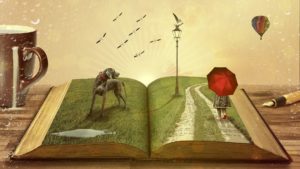Need a little “check-in” to see what you’re really feeling right now?
Taking five minutes to write a fairy tale is quick, easy, and fun! Best of all, its wisdom comes from a place that’s deeper than your thinking mind. Writing a fairy tale will give you answers that you can’t get any other way.
 One way to enter into the deep symbolic language of our soul is through a fairy tale. When we write a fairy tale, the words “Once upon a time” opens up a portal to another world. It takes us into shamanic terrain.
One way to enter into the deep symbolic language of our soul is through a fairy tale. When we write a fairy tale, the words “Once upon a time” opens up a portal to another world. It takes us into shamanic terrain.